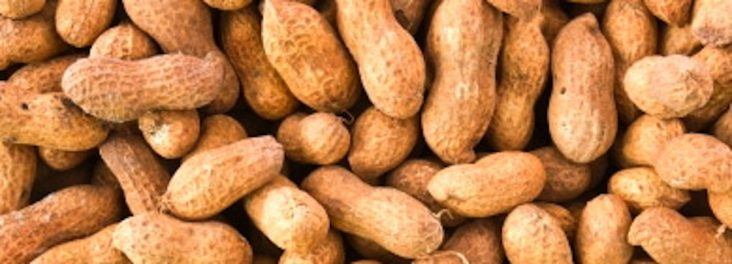Farms on the decline
by October 9, 2019 6:30 am 574 views

During the last 50 years, the number of farms in the U.S. has dropped from around 7 million, to 2 million in 2017, and only about 2.6 million people – about 1.3% of the labor force are employed in the literal and figurative field. The average age of U.S. farmers is nearly 60 years old, an 18% jump from just 25 years ago, according to the U.S. Census Bureau. Those declines may be steep, but the sector still has a $1.053 trillion impact to the economy.
As the farming community ages and decreases, a lot of institutional knowledge is being lost, and the University of Arkansas Cooperative Extension Service is taking steps to fill this knowledge and experience gap. The service has tapped retired Andy Vangilder as an instructor, to help growers in the state’s burgeoning peanut fields and serving as a mentor to younger agents.
“After 35 years, I’d retired after working in Northeast Arkansas,” said Vangilder, veteran extension agent for the University of Arkansas System Division of Agriculture. “My primary interest had always been cotton. So, I was away from extension for three years and then got a call from an old colleague saying ‘Hey, Andy, we have some peanut growers needing help.’”
Vangilder said Travis Faske, extension plant pathologist for the Division of Agriculture and the institution’s de facto peanut agronomist for the past several years, has proved an invaluable resource to his efforts.
“I lean on him for my information,” Vangilder said. “He has a big responsibility working on plant diseases, working on nematodes resistant crops and other things.”
One thing that’s important to understand, said Vangilder, “is we’re trying to get young agents better trained to get out and work with producers. That can be difficult for them because often there are few mentors. They can be alone in a county with little help. So, a few years ago, our director (Dr. Rick Cartwright) took a seasoned agent, Hank Chaney, and moved him into a position as an instructor/educator. Hank now works with all the young agents.”
Vangilder first began working with peanuts in the early 1980s in Craighead County. Vangilder’s experience with cotton proved beneficial because a peanut/cotton rotation is a key tool in conserving soil nutrients over consecutive growing seasons.
“That means I’m doing peanut field calls, doing research on production practices to increase income, and help younger agents learn peanuts and cotton,” he said. “I’m the first to say I’m not a peanut specialist, but I’ve learned a lot since taking this position. Knowledge will come when you’re willing to work.”
What’s interesting about growing peanuts in Arkansas, he said, “is we can grow them in some of the sandiest, sorriest root-knot nematode-infested ground. That crop will do very well and reduce the nematode population, and then the producer can come back and grow a cotton or soybean crop that has a good seed or in-furrow treatment. The third year, producers can plant corn or soybeans before coming back to peanuts. That’s a very successful rotation scheme.”
Several equipment upgrades will help with research in the state, Vangilder said, including a weigh wagon, which Monfort designed, and a portable harvester.
“That’s been one of the problems with peanut research,” Vangilder said. “It’s hard to get accurate data without the right equipment. Do the weights in the field tell you whether a product or practice is actually working? A proper weigh wagon will give us those answers and we’ve got one coming. That will make a great difference in giving us answers in how to move peanut production to a greater level in the state.”
